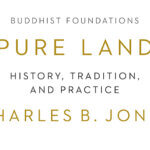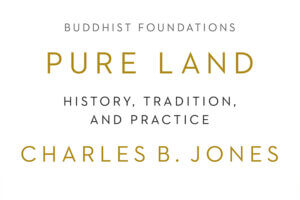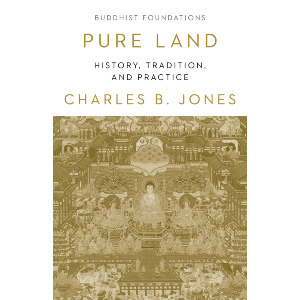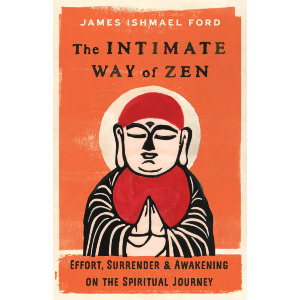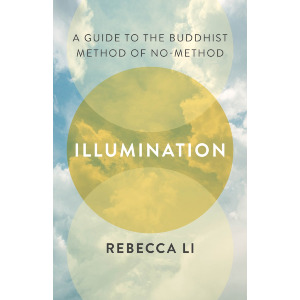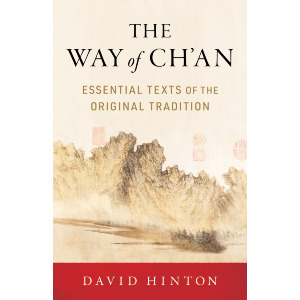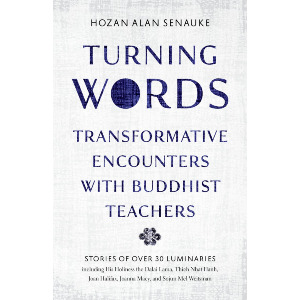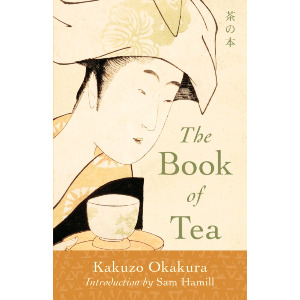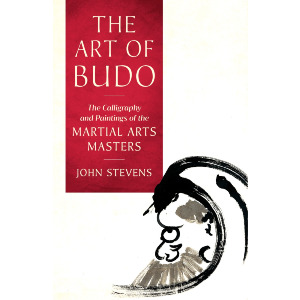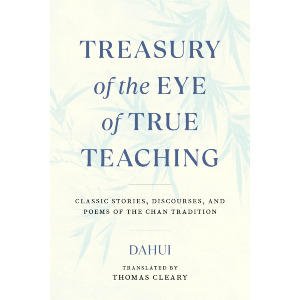The White Lotus Society
It is very difficult to identify a precise moment when Buddhism first entered China. Stories and legends abound, and it is unlikely we will ever know the truth of the matter. The most we can say is that it occurred somewhere around the turn of the first millennium in the middle years of the Han dynasty, and the religion arrived with merchants and traders coming into China from the Silk Road in the northwest and in commercial ports along the southeastern seaboard. It probably subsisted for a time among communities of foreign visitors and immigrants from central Asia and for a time remained below the average Chinese citizen’s threshold of awareness.
Before a Pure Land tradition (or indeed any form of Chinese Buddhism) could develop, the Chinese people had to learn of it, develop an interest in it, and acquire materials in their own language. Translation activity was sporadic and haphazard. Chinese is not related in any way to the Indic family of languages, and often such basic tasks as naming native Indian plants or rendering personal names proved daunting. Early translators worked without any established standards, and they translated texts that interested them or their audiences personally in whatever way they could improvise. The results were (and still are) difficult to read, ungrammatical, and often used Chinese characters for their sound-value to represent the pronunciation of Indic words. When a translator used a native term that appeared equivalent, it often had preexisting connotations and associations in Chinese that could throw the reader off.
For any new religious trend to launch, people need to come together around the texts and institute practices based upon them.
Nevertheless, translations appeared, and immigrant monks helped the early adopters to work through the texts and decipher their meanings. Significantly, some of the earliest texts to circulate had some bearing on Pure Land ideas and practices. A translation of the Pratyutpanna Sūtra appeared in 179, making it one of the earliest texts to become available. In addition, the earliest translations of the Larger Sūtra, the very source of Amitābha’s story, may have begun circulating in this early period, though some scholars believe it may have become available a century or two later. However, the mere availability of scriptural texts was not enough to call a Pure Land movement into being. For any new religious trend to launch, people need to come together around the texts and institute practices based upon them. Accordingly, the Chinese Pure Land tradition itself traces its inception not to the appearance of translations, but to a meeting that took place in the year 402.
The “White Lotus Society” of Lushan Huiyuan
Once again, it is best to begin with a story, this time concerning Lushan Huiyuan (Huiyuan of Mount Lu, 334–416). During the turbulent centuries following the fall of the Han dynasty, kingdoms rose and fell in quick succession. In response to the prevailing insecurity, Huiyuan left his home in the north and settled on Mount Lu near the northern border of modern Jiangxi province. The setting, which looks like a spectacular Chinese landscape painting, gave him a refuge from the storms of war and politics. The site also attracted many eminent literati and former courtiers who likewise sought a haven beyond the reach of the tumult.
Well-known Buddhist authors designated Huiyuan the first “patriarch” (Ch.: zu) of Pure Land.
In the year 402, so the story goes, 123 of these laymen approached Huiyuan and asked him to officiate a ceremony for them. They wished to worship the buddha Amitābha and seek rebirth in “the western region.” Huiyuan consented and asked one of them to compose the ritual texts. He set up an image of Amitābha and led them in setting forth their aspiration to attain rebirth in the west after death. Subsequently, the Pure Land tradition in China referred to this group as the “White Lotus Society” and celebrated their gathering as the first appearance of Pure Land practice in China. About five hundred years later, well-known Buddhist authors designated Huiyuan the first “patriarch” (Ch.: zu) of Pure Land, and many organized societies of their own were modeled on his.
From a historical perspective, this honor rests on shaky foundations. As one examines the text of the White Lotus Society’s liturgy, one wonders how well the participating literati understood what they were doing. They refer to “the west” or “the western region,” but never name the Land of Utmost Bliss. They describe the land of Amitābha in terms more appropriate to a Daoist paradise than to the canonical land of Sukhāvatī. As for Huiyuan himself, he does not seem anything like a Pure Land practitioner. The literati living around Mount Lu took the initiative in organizing the ritual and composing the texts, while Huiyuan provided the facilities and officiated. His own practice of meditating on buddhas came primarily from the Pratyutpanna Sūtra mentioned above, and his goal was to gain a vision of the buddhas of the present as that scripture instructs, not rebirth in a buddha-land. On his deathbed, he took great care to keep the monastic rules until the very end and did not display any concern at all for rebirth in the Pure Land. His contemporaries did not think him an apt model for Pure Land practice.
Nevertheless, Huiyuan’s writings contained one memorable phrase that became a slogan for the later Pure Land tradition. In a preface he contributed to a collection of his disciples’ poems, he wrote that “the names of the various forms of samādhi are legion, but for height of merit and ease of practice the nianfo samādhi is foremost.” The phrase nianfo samādhi here refers to a deep meditative concentration in which one visualizes buddhas. Even though this does not refer to the practices that predominated in Pure Land later on, the phrase stuck as a way to “sell” the tradition and defend it from detractors.
If [Huiyuan] was not the ideal Pure Land devotee in life, he became one in later Pure Land literature.
The story of Huiyuan and his White Lotus Society still matters, however. Once the event turned into the definitive beginning of the tradition and Huiyuan gained recognition as its first patriarch, subsequent biographies refashioned his life story into one in which he was an ardent practitioner of Pure Land who had visions of Amitābha several times after he moved to Mount Lu. His death narrative was rewritten to say that a week prior to his death, Amitābha appeared to him to tell him to prepare for his rebirth, and he died peacefully with this buddha’s name on his lips. If he was not the ideal Pure Land devotee in life, he became one in later Pure Land literature.
Share
$16.95 - Paperback


